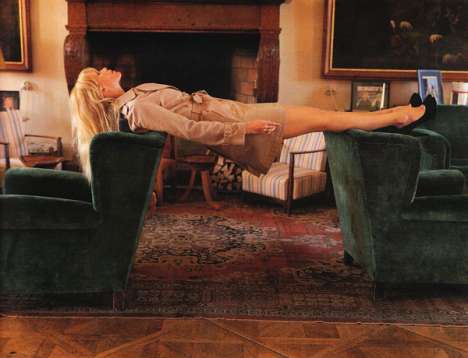Seth Godin, the maestro of idea generation, posted this musing this morning about using cliches to your advantage.

He starts with the wiki definition:
In printing, a cliché was a printing plate cast from movable type. This is also called a stereotype. When letters were set one at a time, it made sense to cast a phrase used repeatedly as a single slug of metal. “Cliché” came to mean such a ready-made phrase. The French word “cliché” comes from the sound made when the matrix is dropped into molten metal to make a printing plate.
To save time and money, then, printers took common phrases and re-used the type.
Along the way, they trained us to understand the image, the analogy, the story. Hear it often enough and you remember it. That training has a useful purpose….
The effective way to use a cliché is to point to it and then do precisely the opposite. Juxtapose the cliché with the unexpected truth of what you have to offer. Apple does this all the time. They point out the cliché of a laptop or a desktop or an MP3 player and then they turn it upside down. Richard Branson takes the expected boredom of a CEO and turns it upside down by doing things you don’t expect.
Godin adds that he turns to the Encyclopedia of Clichés to find clichés that then inspire opposites.
I add this: it’s a good writing technique to take a cliche and f*ck it up just a touch. To turn things on their cranium.
It’s a good technique in life, too. To take something that’s been imprinted as a given and mess with it, just enough to have you delivering a fresh message. To yourself and the world.
I eat breakfast every day. Good. But some days standard breakfast just bores me. So I’ll eat non-breakfast food, like jasmine rice with kale and haloumi, drizzled with hemp oil. It leaves me feeling like I’ve shifted things around a bit. Owned my cliche.
This is an extraordinarily benign example. But you get the idea…

